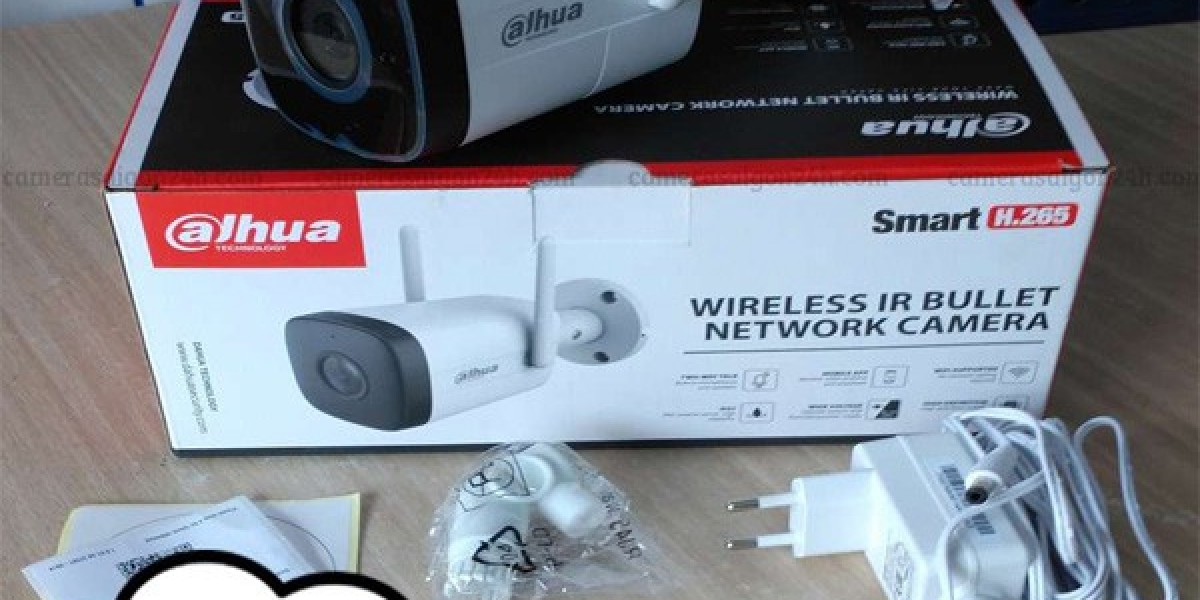Have you ever wondered whether monitoring your staff actually increases productivity or simply creates tension? Employee surveillance is a controversial practice in today’s workplaces. While some organizations argue that it ensures efficiency and accountability, others caution that excessive monitoring can harm trust and morale. Understanding its impact can help businesses balance oversight with a healthy work environment. With the rise of hybrid work and remote teams, the debate around surveillance has become even more relevant. Employers must consider not just productivity but also employee satisfaction and workplace culture.
What Worker Surveillance Involves
It encompasses the ways organizations track or observe staff activities during work hours. This can include monitoring emails, computer usage, attendance, or workflow patterns. The aim is to gather information that informs decision-making, ensures policy compliance, and protects company data. Surveillance isn’t limited to digital tools, it can also include observing in-office behaviour or tracking project progress through logs. The essential point is that employee monitoring should collect useful insights without infringing on personal privacy or creating unnecessary stress. Clear boundaries and ethical guidelines are critical for maintaining trust.
Why Companies Implement Monitoring
Businesses implement monitoring to identify inefficiencies, prevent security breaches, and ensure accountability.. Awareness of being monitored can encourage employees to focus on tasks and follow company policies. Additionally, monitoring data can help managers spot workflow issues, redistribute workloads, or recognize high performers. In regulated industries, surveillance can also ensure compliance with legal or safety requirements. When implemented transparently and fairly, monitoring can contribute to organizational stability and informed decision-making. Beyond efficiency, it can also provide insights into employee engagement and areas where training might be needed.
The Risks of Over-Monitoring
While oversight can be useful, excessive surveillance often backfires. Employees who feel constantly watched may experience stress, anxiety, or reduced job satisfaction. This can lead to higher turnover, absenteeism, and lower overall engagement. Moreover, overly intrusive monitoring can damage trust between staff and management, undermining collaboration and innovation. Workplace culture can suffer when employees feel mistrusted or micromanaged. Businesses must weigh the benefits of monitoring against its potential negative impact on employee morale, creativity, and overall organizational health.
How to Balance Oversight and Trust
Striking the right balance is crucial. Companies should clearly communicate the purpose and scope of monitoring to employees, ensuring transparency. Policies should focus on organizational needs rather than personal scrutiny. Encouraging open dialogue and involving employees in discussions about monitoring practices can reduce anxiety and foster trust. Monitoring that is limited to professional activities, aligned with goals, and conducted ethically is more likely to enhance performance without damaging relationships. Providing feedback and recognition alongside monitoring helps employees feel supported rather than controlled.
Benefits When Used Strategically
When applied thoughtfully, employee surveillance can provide valuable insights. It allows managers to understand workflow patterns, allocate resources effectively, and improve overall efficiency. By identifying bottlenecks or recurring issues, companies can streamline operations and enhance productivity. However, these benefits are most effective when combined with clear communication, respect for privacy, and a culture of mutual accountability. In this way, monitoring becomes a supportive tool rather than a punitive measure. Over time, data-driven insights can guide professional development and help build a more engaged and efficient workforce.
Summary
Monitoring employees is a double-edged sword. While it can enhance efficiency and accountability, excessive or poorly communicated oversight risks eroding trust and morale. Businesses that implement oversight thoughtfully, maintain transparency, and respect employee privacy are more likely to see positive outcomes. The key lies in balancing observation with empathy, using insights to guide improvement rather than control. When done right, monitoring can become a constructive part of workplace management rather than a source of conflict. Awareness, communication, and ethical application are essential for achieving this balance.










